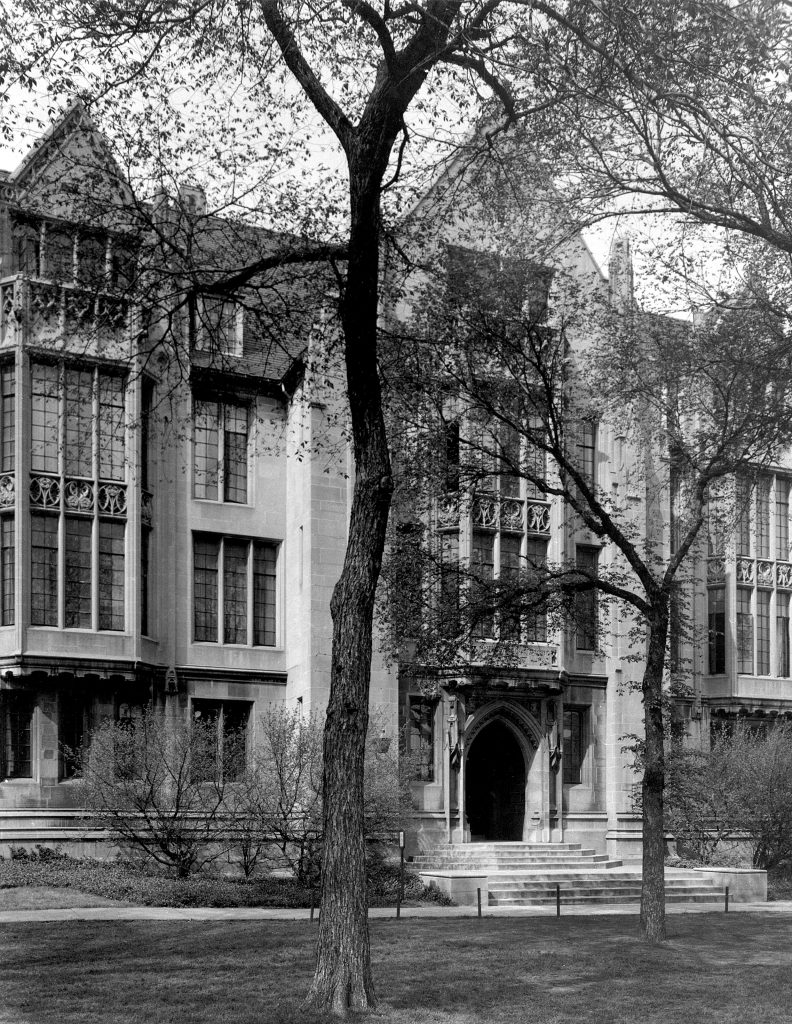Warren H. Burgus was a research assistant in the Metallurgical Laboratory (“Met Lab”) at the University of Chicago during the Manhattan Project.
At Met Lab, Burgus was first assigned to help develop a process for obtaining high purity uranium oxide, which was needed for the first experimental atomic pile. He also worked to figure out how to produce the high purity uranium oxide for large-scale use, should the pile be successful.
Shortly after Burgus joined the Met Lab, they developed a chemistry division. The division was tasked with various challenges, but the most significant problem was probably plutonium separation.
From 1943 to 1946, he worked at the Manhattan Project’s Oak Ridge facility. He was a part of the team that extracted plutonium for the pilot program in Hanford, Washington.
Friendship with Fermi
While working at Met Lab, he lived with Enrico Fermi and other lab workers on the top floor of the University of Chicago’s International House. As a result, he became good friends with Fermi.
In an article written by The Times News of Idaho, Burgus remembered going ice skating with Fermi. He noted that a determined Fermi, after learning how to skate forward, attempted to learn how to skate backward. After a few afternoons of attempts and falls, Fermi told Warren “with a twinkle in his eye, ‘it is unnatural to skate backward.’”
Burgus described Fermi as a man with a great sense of humor and as a leader, who had an “incomparable talent for turning a group of individualistic scientists into a team.” Besides being a brilliant theoretician and experimentalist, Fermi was an excellent teacher.
Early Years
Warren Harold Burgus was born on October 28, 1919 in Burlington, Iowa. He graduated from the University of Iowa with a B.S. in chemistry. After graduating in 1941, he decided to attend graduate school at the University of Colorado.
The head of the chemistry department at the University of Colorado was a close friend of Arthur Compton, the Manhattan Project Director at Met Lab, so when Compton needed skilled technicians, Burgus was sent to the Met Lab in March 1942.
Later Years
After World War II, Burgus returned to school and earned his Ph.D. in nuclear chemistry from Washington University in St. Louis in 1948. After graduating, he began working at the Los Alamos National Laboratory (LANL) in New Mexico. He married his Mary Huston in Los Alamos.
At LANL, he was a member of the bomb testing group. In 1949, his team identified and analyzed the atmospheric fission debris from a Russian atomic bomb. This discovery came as a shock because it meant the Russians were ahead of schedule in their development of an atomic weapon.
Burgus had the opportunity to witness the first hydrogen bomb test on November 1, 1952 at Eniwetok Atoll. Two years later in 1954, he began to work for the Atomic Energy Commission’s National Reactor Testing Station in Idaho. He served as the head of chemistry at the Materials Testing Reactor and he played a role in producing Protactinium-233.
During the 1960s, he presented his research and papers internationally at scientific organizations in Oxford, England and Paris, France. Up until his retirement in 1982, Burgus focused on understanding and controlling the behavior of fission products in power reactor accidents and assessing the environmental effects of nuclear power at the Idaho laboratories and the Hanford Project site.
At the age of eighty-four, Warren Burgus died on October 11, 2004 in Portland, Oregon.
For more information about Warren Burgus, please see the following resources:
- “Story of Atomic Bomb Discovery Makes Interesting Reading” from The Times News (Idaho Newspaper) on December 10, 1967.
- Letter to the Times from Burgus and other Oak Ridge scientists, November 1945.
- Obituaries for Warren Burgus





